I. Regulations and Analysis of Drawings in Chinese Patent Examination
1. Relevant Regulations
In Chinese patent examination, the requirements for drawings are primarily found in the “Detailed Rules for the Implementation of the Patent Law,” which state:
Article 17: The specification of an invention or utility model patent application shall specify the title of the invention or utility model, which should be consistent with the title in the request. The specification shall include the following contents:
…
(v) Detailed description of the preferred embodiments for implementing the invention or utility model, with examples if necessary; if there are drawings, they should be referenced accordingly.
Article 18: Reference signs not mentioned in the text of the specification of an invention or utility model shall not appear in the drawings, and reference signs not appearing in the drawings shall not be mentioned in the text of the specification. Reference signs representing the same component in the application documents shall be consistent.
Article 19: Technical features in the claims may refer to corresponding reference signs in the drawings, which should be placed in parentheses after the corresponding technical features for easier understanding of the claims. Reference signs in the drawings shall not be construed as limitations on the claims.
2. Legal Analysis
Based on the above legal provisions, it can be seen that Chinese patent regulations describe the role of drawings in two main aspects:
- Drawings can be used to understand the specific embodiments of the invention or utility model.
- Drawings can be used to understand the claims of the invention or utility model.
Thus, the primary role of drawings in Chinese patent applications is to assist the textual description of the corresponding embodiment, allowing a clearer, more complete, and sufficient understanding of the technical concept and its specific implementation process as stated in the claims.
II. Regulations and Analysis of Drawings in U.S. Patent Examination
1. Relevant Regulations
In U.S. patent examination, the requirements for drawings are found in the provisions of Title 37 of the Code of Federal Regulations related to the rules for implementing patent law, which state:
37 CFR §1.83(a): The drawing in a non-provisional application must show every feature of the invention specified in the claims.
2. Legal Analysis
It can be seen that, compared to Chinese patent examination practice, the primary difference in U.S. patent examination practice regarding drawings is that every technical feature mentioned in the claims must be shown in the drawings.
Therefore, in U.S. patent applications, drawings are not an optional way to aid in understanding the technical solution of the invention or utility model. There is a strong correlation between the drawings and the technical features in the claims. In other words, if some technical features in the claims are not reflected in the drawings, the U.S. examiner has grounds to issue an office action indicating that the “Drawings” do not comply with the relevant provisions of U.S. patent law. However, this is not the case in China.
Conclusion
Given the differences in patent examination practices across countries, during the translation process for national entry, if a patent agent finds that a patent application does not comply with the relevant examination practice requirements of China, they should promptly communicate with the client about the current defects and potential risks of the application. With the client’s consent, targeted proactive amendments should be made to preemptively avoid possible defects during subsequent examinations.

